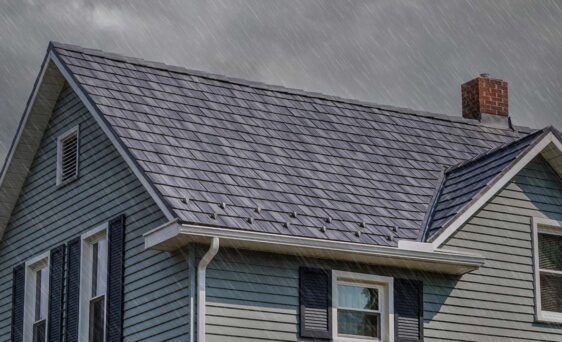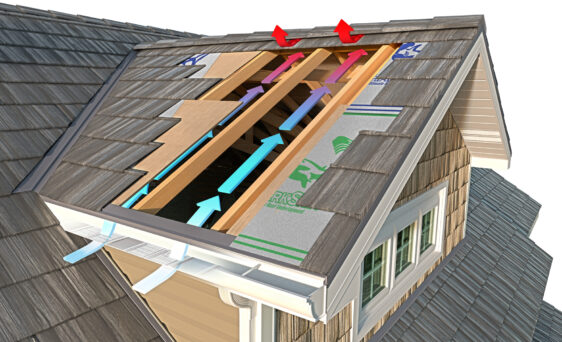The Truth About Metal Roofs: Myths vs. Reality

By Chance Shalosky
Product Manager – Stone & Roofing
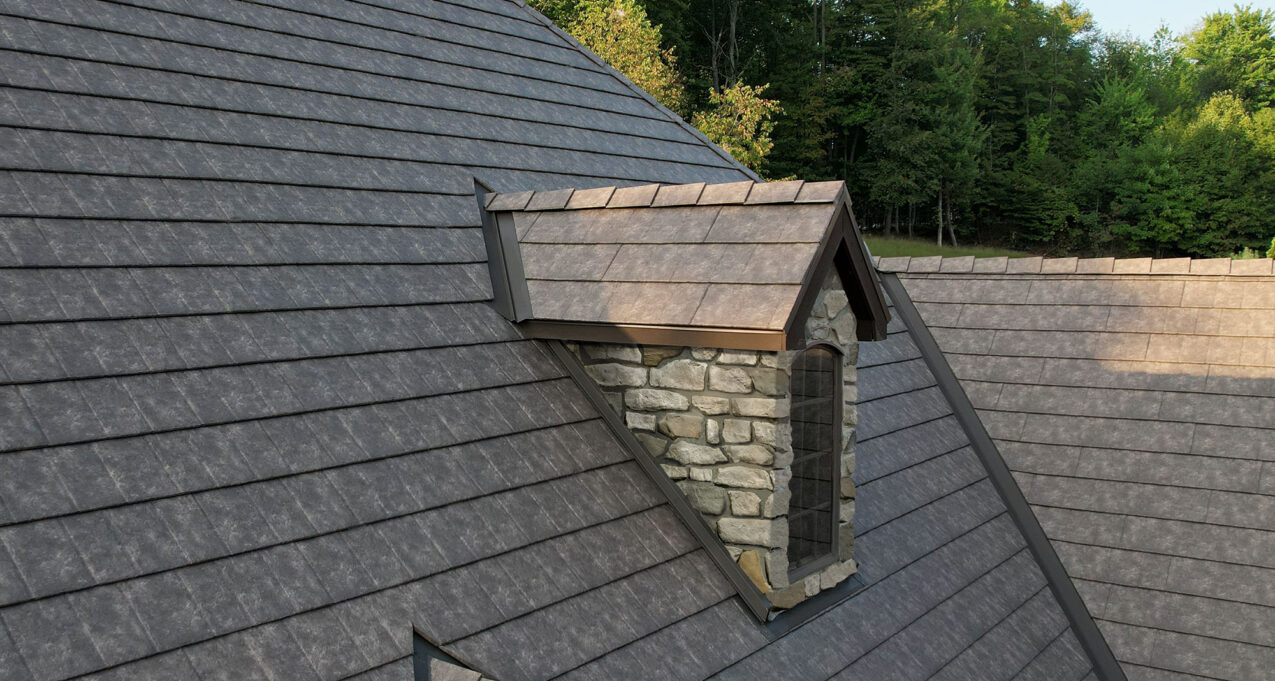
If you are considering a metal roof to replace your worn-out, faded asphalt shingles or for a new home build, congratulations – you’re making a smart choice. A metal roofing system is worth the investment and has an expected product lifespan of 50+ years. Metal is tougher, more durable, safer, and longer-lasting than asphalt. Metal roof systems offer energy cost savings, withstand extreme weather, and boost resale value.
Sounds incredible, right? Still, in some circles, metal roofs have several unsubstantiated myths surrounding them. Let’s address the most prevalent questions about metal roofing.
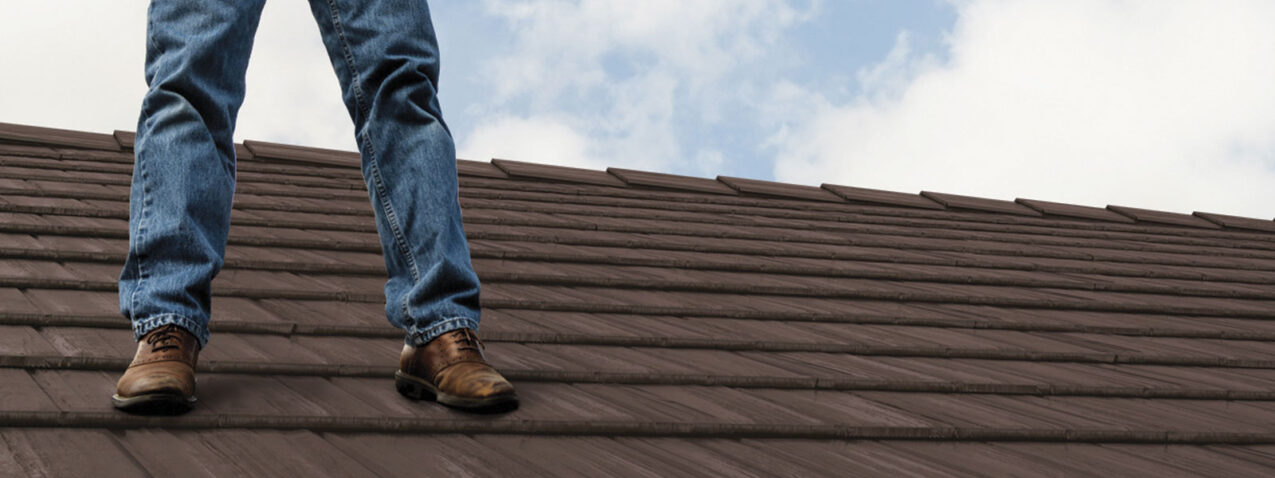
Can you walk on a metal roof?
Tin roofs that bend, buckle, or crumple are a thing of the past – today’s metal roofing is substantially stronger. You can walk on a ProVia metal roof if necessary and shouldn’t be afraid to do so while cleaning the gutters, picking up storm debris, or fetching a Frisbee™. ProVia shake, slate, and barrel tile metal roofing is made with strong 26-gauge galvanized steel, and with the supporting roof deck, the roof can easily withstand a person walking on it without causing damage.
So, you won’t fall through our metal roofing, but to guarantee your physical safety, be sure to ask the contractor or the manufacturer where and how to walk on the roof and never walk on it when it is wet or extremely dusty.
Is metal roofing heavy?
Metal panel roofing systems are heavy-duty, not heavyweight. The average per-square weight for an asphalt shingle roof is 240-270 lb., and for slate is 800-1500 lb. By contrast, a metal roof system is much lighter, coming in at a per-square-weight of only 108 lb. ProVia metal roofing is 67% lighter than asphalt shingles and is made with up to 30% more galvanized steel than the industry average, so you get the added strength of steel without any added weight.
Do metal roofs attract lightning?
While metal can be a conductor of lightning, it does not “attract” lightning; in fact, it is one of the best materials to have if your home were be struck by lightning. Metal works to disperse energy safely through the structure of the home rather than allowing it to penetrate or spontaneously ignite or shock. And metal is noncombustible, so if lightning does hit, a metal roof will not catch fire.
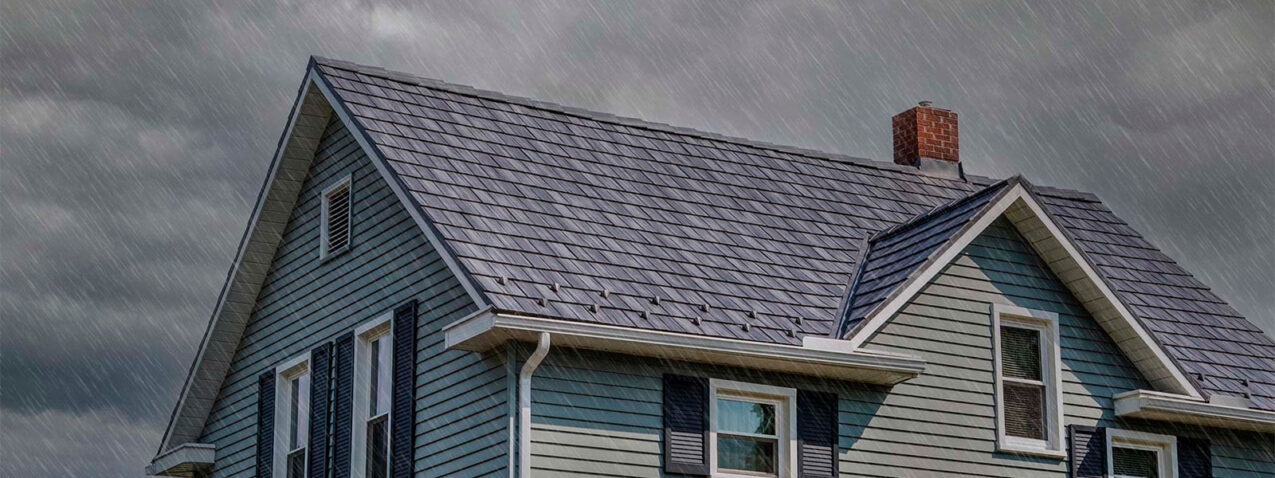
Are metal roofs noisy when it rains?
This myth originates from fact; the noise generated by a heavy downpour on a metal barn roof can be downright deafening. In a barn or amphitheater, the open air and lack of structural materials across the entire inside of the roof contribute to the racket. In residential structures, roofing is a complete system that includes attic space in the home, the roof deck, underlayment materials that prevent moisture, and interior insulation, all of which absorb sound – making the thunderous torrent sound more like a gentle shower. When installed properly, the ProVia roofing system is engineered to be as quiet as any other roofing material.
Are metal roofs easily dented by hail?
Metal roofs are well-known for being much more durable than other roofing materials, especially asphalt. In fact, in many areas across the country where extreme weather can occur, metal roofs are the better choice for residential homes, so much so that many insurance companies offer price breaks* with metal roof systems. ProVia metal roofing is enhanced with a GalvaTec™ resin-based finish that strengthens the surface of the panels and protects it from hail damage, plus it’s certified with a Class 4 impact resistance rating. (*Always check with your insurance company for specifics about homeowner insurance premium reductions.)
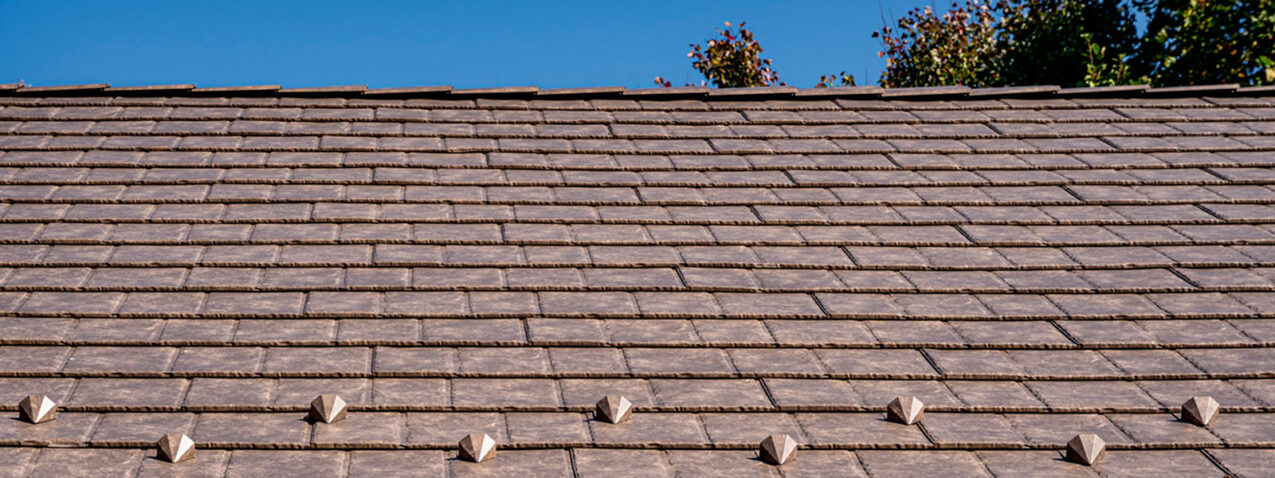
Do metal roofs attract heat?
Most ProVia metal roofing profiles include a Cool Roof compliant paint system designed to reflect UV rays that other roofing materials absorb. In addition to the UV protection, a metal roof releases solar heat much more quickly than asphalt roofs, which absorb heat with their petroleum and granular composition. ProVia metal roofing reduces the heat load of your house, providing up to 30% energy savings for the homeowner. Even our dark shades like Coalstone Slate and Bronzewood Shake, while not “cool roof” colors, won’t contribute to raising the temperature in your home when properly installed.
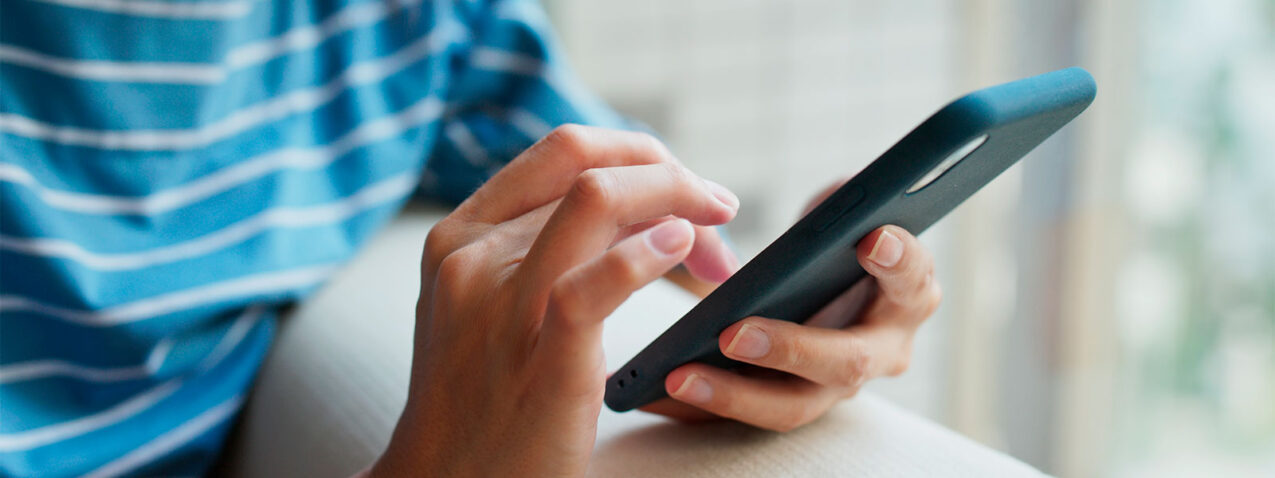
Do metal roofs affect cell phone reception?
Metal roofing does not interfere with cell phone reception, allowing radio signals to pass through with little disruption. Metal roofing is no different in this regard than other common building materials like brick or concrete. So no worries – you can surf the web, talk on your phone, and watch your favorite videos without disruption.
Do metal roofs rust?
Back to that tin roof we mentioned earlier – rust occurs when iron reacts with oxygen and water, causing oxidation that deteriorates the metal. ProVia metal roofing panels are treated with a premium architectural coating system that prevents moisture from reaching the metal. Multiple layers of primer, epoxy, zinc, and base, decorative and finish coats, plus a zinc galvanized coating on both the exterior and underside, ensure each panel is protected. In fact, ProVia roofing has 11 total layers of anti-corrosive coating to shield it from oxidation and prevent rust from forming.
Learn more about the benefits of a ProVia metal roofing system
Last Updated: March 11, 2025

By Chance Shalosky
Product Manager – Stone & Roofing
Stay up to date with our latest blog articles
